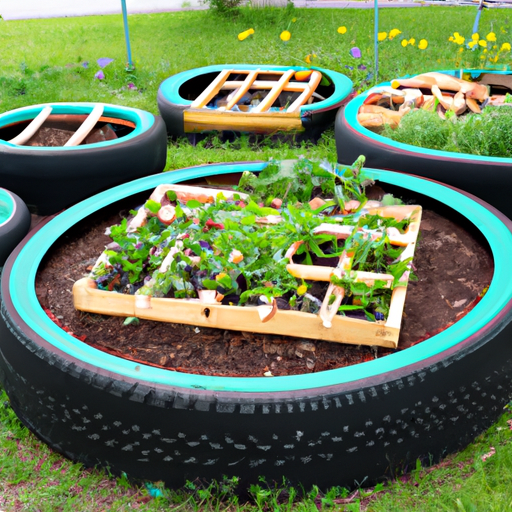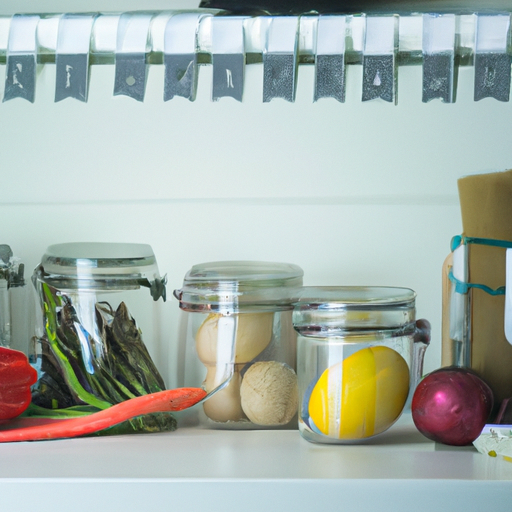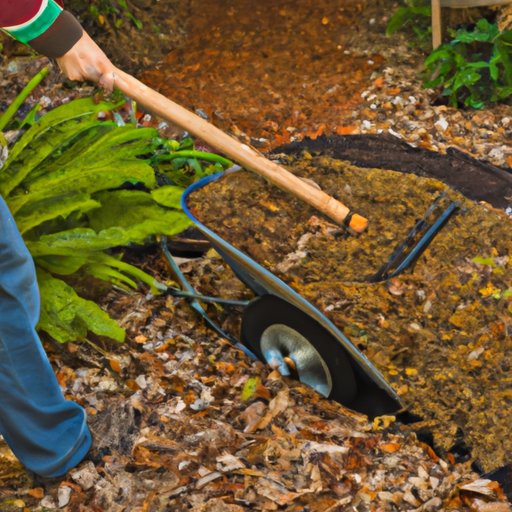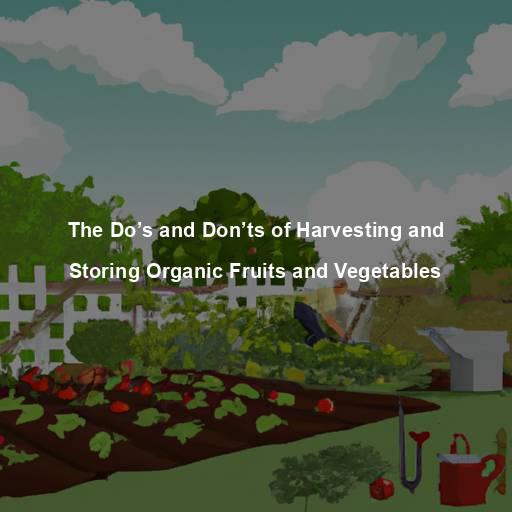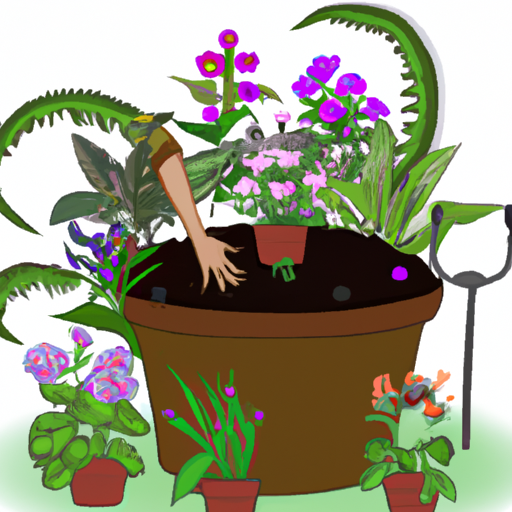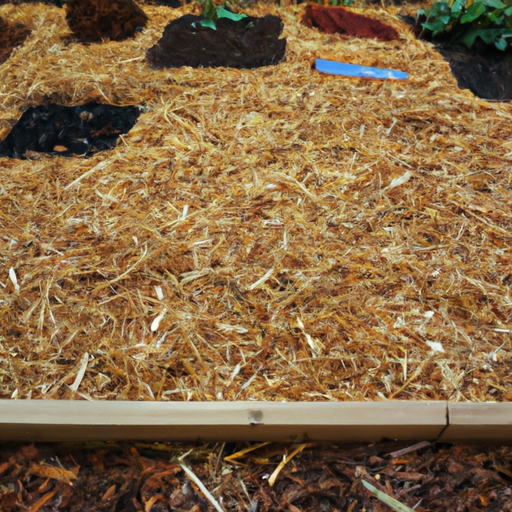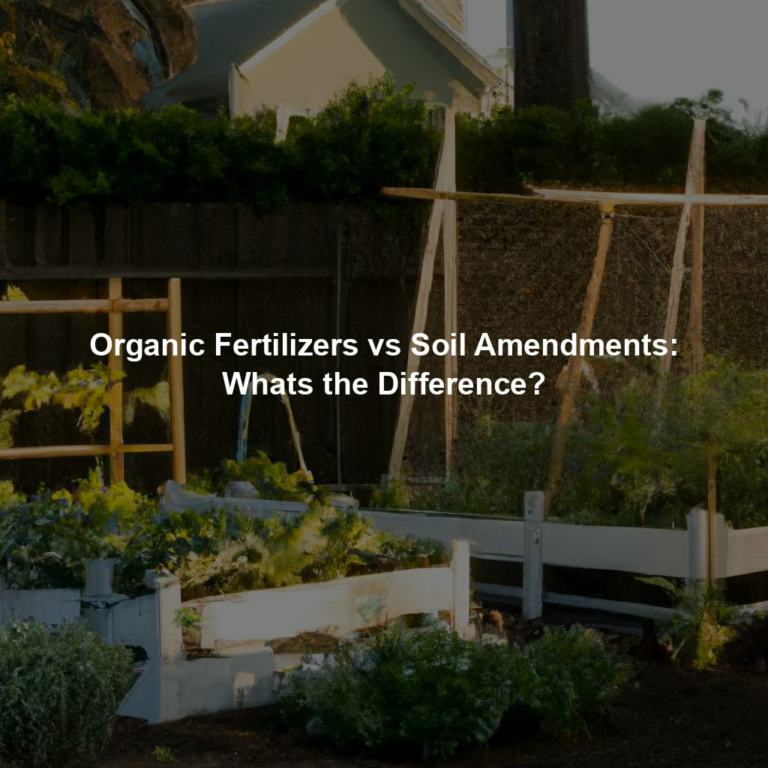Gardening is not only a hobby, but it’s also a way of life. As Master Gardeners, we understand the importance of nourishing our bodies with fresh fruits and vegetables. Raised garden beds are becoming increasingly popular because they offer many benefits such as better drainage, easier access for those with mobility issues, and less soil compaction.
However, traditional raised garden bed designs can be boring and lack aesthetic appeal. Thankfully, innovative designs for raised garden beds have emerged that not only provide functionality but add beauty to your landscape. These unique designs range from simple DIY projects to elaborate structures that require professional installation.
In this article, we’ll explore some of these exciting new designs and how they can enhance your gardening experience while adding an extra touch of creativity to your outdoor space.
Incorporating Vertical Space
It’s time to take your gardening skills to new heights, literally! Incorporating vertical space is a fantastic way to maximize the potential of your garden bed.
Have you ever heard of vertical hydroponics? This method allows plants to grow vertically in a soilless environment, giving them access to ample sunlight and nutrients.
Hanging planters are another great addition to any raised garden bed since they allow for more plants without taking up extra ground space.
By utilizing these techniques, you can create a stunning visual display while also increasing your harvest yield.
Don’t be afraid to experiment with different arrangements and combinations that suit your style and needs.
Your garden will thank you for thinking outside the box!
Utilizing Recycled Materials
As a Master Gardener, I always advocate for sustainable gardening practices.
Utilizing recycled materials in our raised garden beds is not only eco-friendly but also cost-effective.
Repurposed containers can make excellent planters and give new life to items that would otherwise be discarded.
Old wooden pallets can be dismantled and turned into sturdy bed frames or trellises.
Eco-friendly alternatives such as composite lumber made from recycled plastic offer durability and require minimal maintenance.
By incorporating these materials into our designs, we are not only reducing waste but also creating unique and innovative garden spaces.
Remember, sustainability starts with small steps, so let’s take action by repurposing what we already have available!
Incorporating Water Features
As a Master Gardener, I highly recommend incorporating water features into your raised garden bed design. Not only do they add visual interest and ambiance to your outdoor space, but they also provide practical benefits for your plants.
Hydroponic options like drip irrigation or sub-irrigation systems can help conserve water while providing optimal hydration for your crops. Maintenance tips include regular cleaning of any standing water areas to prevent the growth of algae or other unwanted organisms.
Additionally, consider adding aquatic plants like water lilies or lotus flowers to further enhance the beauty of your garden bed’s water feature. With these simple additions, you can create a truly unique and thriving garden space that is both functional and visually stunning.
Introducing Creative Edging
Imagine strolling through your garden, admiring the colorful blooms and lush foliage. As you turn a corner, you’re met with an unexpected sight – a raised bed framed by unique materials that catch the eye and add character to your space!
That’s where customizable borders come in. With options ranging from stone to metal to wood, you can choose a material that suits your style and complements the plants within. Not only do these borders provide visual appeal, but they also serve practical purposes such as retaining soil and preventing erosion.
As a Master Gardener, I highly recommend exploring different edging materials for your raised beds to create a one-of-a-kind garden oasis.
Adding Unique Shapes And Patterns
As a Master Gardener, I highly encourage gardeners to add unique shapes and patterns in their raised garden beds. Customizable options are abundant when it comes to designing a garden bed.
You can choose from different materials such as wood, concrete, or metal to create the shape you want. Moreover, artistic expression is not limited to just planting flowers or vegetables but also extends to the design of your garden bed.
By adding curves, circles, or even geometric shapes into your raised bed planter, you can elevate the look of your outdoor space while creating an attractive focal point in your yard. With these customizable options available for any gardener who wants to experiment with shapes and designs, there’s no excuse not to make the most out of every square inch of gardening space available!
Frequently Asked Questions
What Are The Best Plants To Grow In Raised Garden Beds?
To truly maximize the potential of raised garden beds, it’s important to carefully consider which plants will thrive in this unique setting.
Companion planting is a fantastic way to increase yields and protect your crops from pests and disease.
For example, pairing tomatoes with basil can improve the flavor of both plants while deterring harmful insects.
Additionally, vertical gardening techniques can be employed to make the most efficient use of space in your raised bed.
Vining plants like cucumbers and beans can be trained to grow up trellises or stakes, freeing up valuable ground space for other vegetables.
With these strategies in mind, you’ll soon find that raised garden beds are an incredibly versatile and productive addition to any garden!
How Often Should Raised Garden Beds Be Watered?
When it comes to raised garden beds, watering frequency is an essential consideration. The ideal watering schedule depends on various factors such as soil type and weather conditions.
As a general rule of thumb, aim to water your raised garden bed at least once a week during dry spells. However, avoid overwatering which can lead to root rot and other plant diseases.
One way of ensuring that you are not under or overwatering is by using soil moisture sensors. These devices measure the amount of moisture in the soil, indicating when it’s time to water your plants.
By monitoring your soil moisture levels regularly, you will be able to adjust your watering frequency accordingly and achieve healthier plants overall.
How Deep Should The Soil Be In A Raised Garden Bed?
When it comes to creating a successful raised garden bed, soil depth is of the utmost importance.
The ideal soil depth for your raised bed will depend on what you plan to grow and the materials used for your bed. Generally, most plants require at least 6-12 inches of soil depth, but some root vegetables may need up to 18 inches or more.
It’s essential to choose quality soil that is rich in nutrients and can retain moisture while still allowing for proper drainage.
While there are variations in recommended depths based on plant needs, using materials like wood or stone for your raised bed also brings its own set of pros and cons.
Wood beds are easy to assemble but may rot over time, whereas stone beds offer durability but can be expensive.
Ultimately, selecting the right material and soil depth combination will contribute significantly to the overall success of your raised garden bed.
Can Raised Garden Beds Be Used For Growing Vegetables Year-Round?
To truly embrace the art of gardening, one must be willing to experiment with different methods and techniques.
One such method is indoor gardening or vertical farming, which allows for year-round vegetable growth no matter the weather conditions outside.
Raised garden beds are an excellent option for this type of gardening as they can easily be adjusted to fit any space and offer better drainage than traditional gardens.
With a little creativity and some innovative design ideas, raised garden beds can become a staple in your indoor gardening routine.
So why not give it a try?
Start growing your own fresh vegetables all year long!
Do Raised Garden Beds Require More Maintenance Than Traditional Gardens?
Raised garden beds are a popular choice for many home gardeners due to their numerous benefits. However, they do require more maintenance than traditional gardens.
Pros of raised garden beds include better drainage and soil quality, easier access for planting and harvesting, and fewer weeds. On the other hand, cons may include higher initial costs and a need for regular watering and fertilizing.
To minimize maintenance needs, consider design tips such as using high-quality materials, incorporating automatic irrigation systems, and choosing plants that thrive in your climate.
With careful planning and upkeep, raised garden beds can be a great addition to any backyard or outdoor space.
Conclusion
In conclusion, raised garden beds are a fantastic option for those who want to grow their own produce without the hassle of traditional gardening. With proper planning and care, these innovative designs can yield a bountiful harvest all year round. The best part? They require less bending and kneeling than regular gardens!
So if you’re looking to bring some green into your life, why not give raised garden beds a try?
It’s like having your very own secret garden – only instead of being hidden away, it’s right in your backyard! Trust me, as a Master Gardener, there is no greater joy than watching something you’ve planted thrive and flourish under your care.
So go ahead, get your hands dirty and see what kind of magic you can create with raised garden beds.
